- Login
- Cart{{shopingCartNum}}
- English
Cardiovascular diseases are not only one of the leading causes of death globally, but also a significant contributor to the decline in quality of life for many people. Understanding the causes, risk factors, and prevention methods for these diseases is crucial for everyone.
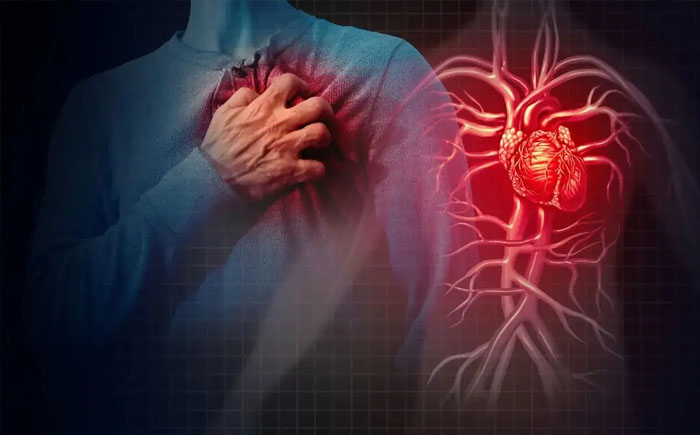
Cardiovascular diseases encompass a range of conditions involving the heart and blood vessels. These diseases are primarily caused by factors such as hyperlipidemia, blood viscosity, atherosclerosis, and hypertension, leading to ischemic or hemorrhagic diseases in the heart, brain, and other tissues. Cardiovascular diseases are characterized by a high incidence, high disability rate, and high mortality rate, making them a major threat to the health of middle-aged and elderly individuals.
Coronary artery disease: Caused by coronary artery blockage leading to myocardial ischemia.
Stroke: Brain tissue damage caused by cerebrovascular occlusion or rupture.
Hypertension: Prolonged high blood pressure causing harm to blood vessels and organs.
Heart failure: Ineffective pumping of the heart leading to insufficient systemic circulation.
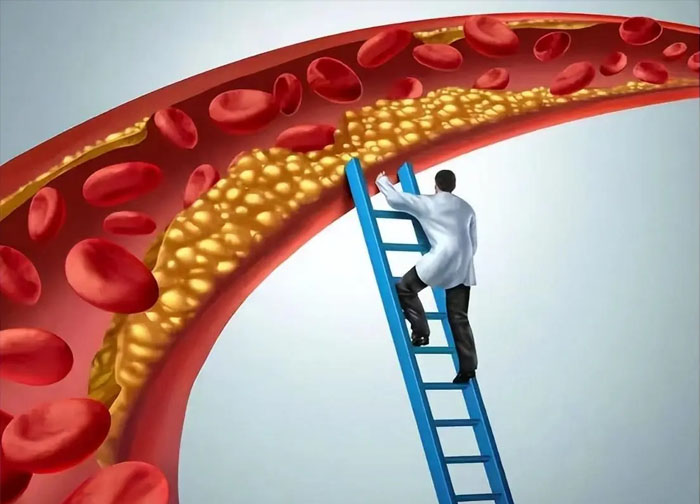
The occurrence of cardiovascular diseases is the result of multifactorial influences, including the following major everyday triggers:
Unhealthy dietary habits: High-fat, high-salt, and high-sugar diets can increase cholesterol levels in the blood, promoting atherosclerosis. Lack of fresh fruits and vegetables leads to a deficiency in essential vitamins and minerals.
Lack of physical activity: Sedentary lifestyles can lead to obesity and metabolic syndrome, increasing the risk of cardiovascular diseases.
Smoking: Smoking damages endothelial cells in blood vessels, increasing the likelihood of high blood pressure and thrombus formation.
Excessive alcohol consumption: Excessive alcohol intake can lead to hypertension, arrhythmias, and other issues, increasing the risk of cardiovascular diseases.
Stress and mental tension: Prolonged mental stress and anxiety can cause elevated blood pressure and heart rate.
Poor management of chronic diseases: Poor control of chronic conditions such as diabetes, hypertension, and hypercholesterolemia can significantly impact cardiovascular health.
Genetic factors: Individuals with a family history of cardiovascular diseases are at a relatively higher risk of developing these conditions.
Age and gender: Aging itself is a risk factor for cardiovascular diseases. Additionally, males are more prone to certain cardiovascular diseases than females in certain age groups.
Poor sleep quality: Chronic insomnia or sleep apnea can increase the risk of heart disease and stroke.
Preventing cardiovascular diseases requires adopting a healthy lifestyle, including balanced diet, moderate exercise, smoking and alcohol cessation, effective management of chronic diseases, and maintaining mental health. Regular check-ups are also crucial for timely detection and treatment of potential issues.
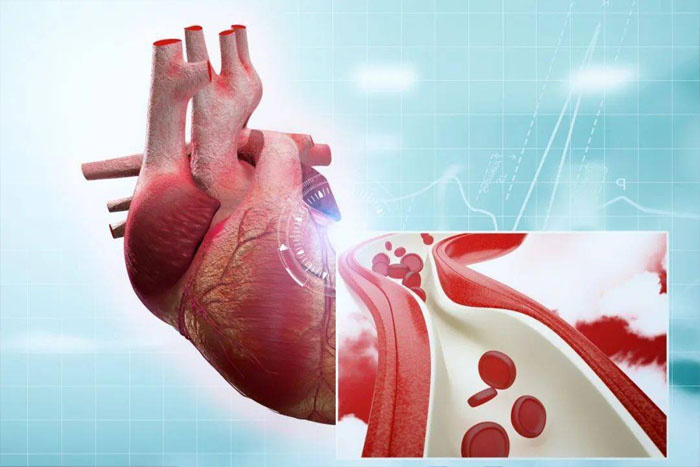
Chest pain or discomfort: Often occurs during intense physical activity or emotional stress, lasting several minutes and may radiate to the shoulder, arm, back, or neck.
Shortness of breath: Especially after exertion.
Digestive symptoms such as nausea, vomiting, or heartburn.
Fatigue: Sudden onset of severe fatigue.
Shortness of breath: Particularly worsened when lying flat or at night.
Edema: Swelling in the lower extremities or abdomen.
Fatigue and weakness: Extreme tiredness after regular activities.
Cough or wheezing: Especially worsened at night.
Headache: Especially morning headaches upon waking, dizziness, blurred vision, tinnitus, and palpitations.
Sometimes, there may be no obvious symptoms, but uncontrolled hypertension can lead to serious complications over time.
Palpitations: Rapid, slow, or irregular heartbeats, dizziness or fainting, chest pain or discomfort, fatigue and weakness.
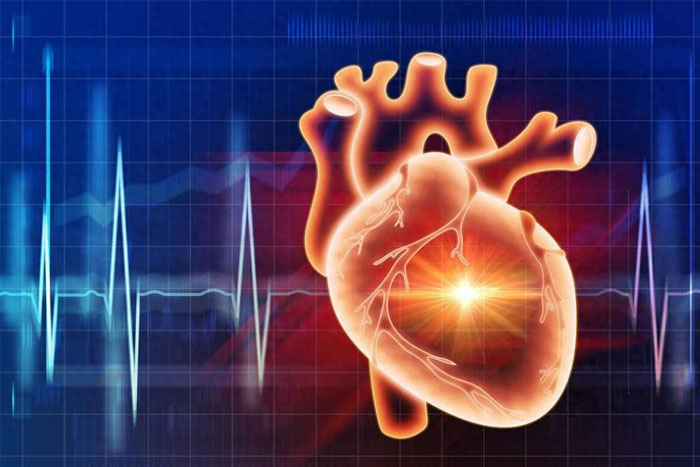
Sudden unilateral weakness or numbness in limbs: Usually on one side of the face, arm, or leg.
Speech difficulties: Such as slurred speech or difficulty understanding.
Sudden visual problems: Blurred vision or loss in one or both eyes.
Sudden severe headache: Accompanied by unexplained headache.
Difficulty walking, dizziness, or loss of coordination.
Transient appearance of the above stroke symptoms, usually lasting from a few minutes to an hour, without leaving permanent damage.
Fainting or loss of consciousness: Possibly related to arrhythmias, heart failure, or severe hypotension.
Cold sweats, nausea, or vomiting: Common during myocardial infarction.
If any of the above symptoms occur, seek medical attention immediately. Early diagnosis and treatment of cardiovascular diseases are crucial for preventing serious complications and improving survival rates.
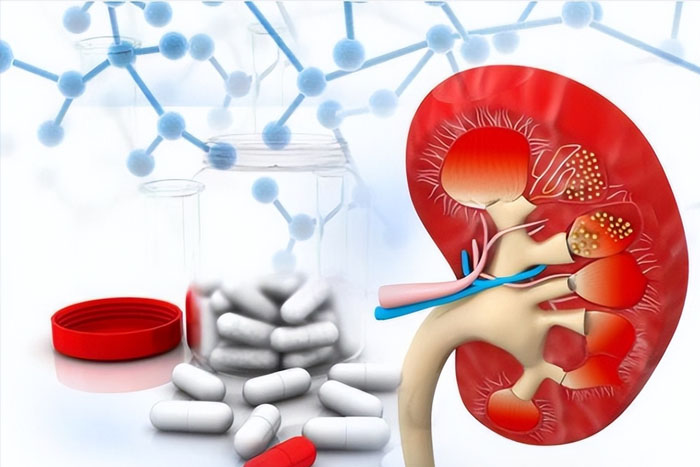
1. Balanced diet: Consume more vegetables, fruits, whole grains, and low-fat proteins, and less red meat and greasy foods. Reduce salt intake to provide "clean fuel" for blood vessels.
2. Regular exercise: Engage in at least 150 minutes of moderate-intensity exercise per week, such as brisk walking, swimming, or cycling, to improve vascular elasticity and blood circulation.
3. Quit smoking and limit alcohol consumption: Smoking and excessive alcohol consumption are major adversaries to cardiovascular health. Quitting smoking and limiting alcohol intake create a fresh environment for blood vessels.
4. Control the "three highs": Undergo regular check-ups, monitor blood pressure, blood sugar, and blood lipids, and use medication as prescribed to keep indicators within normal range.
5. Stress reduction and good sleep: Learn relaxation techniques such as meditation and yoga, ensure adequate sleep for physical and mental rest.
6. Positive mindset: Maintain optimism and face life with a smile. A good attitude is the best vaccine against all diseases.
Even after a diagnosis of cardiovascular disease, proactive treatment can effectively improve prognosis. Common treatment methods include:
1. Medication: Such as antihypertensive drugs, statins for lipid-lowering, anticoagulants, etc.
2. Interventional treatment: Such as coronary stent implantation, percutaneous coronary angioplasty, etc.
3. Surgical treatment: Such as coronary artery bypass grafting, carotid endarterectomy, etc.
4. Rehabilitation therapy: Restore physical and functional abilities through cardiac rehabilitation programs.
Although cardiovascular diseases are serious, they are not unbeatable enemies. Through a healthy lifestyle, regular check-ups, and scientific treatment, we can completely prevent and control these diseases, thus enjoying a healthy and long life.